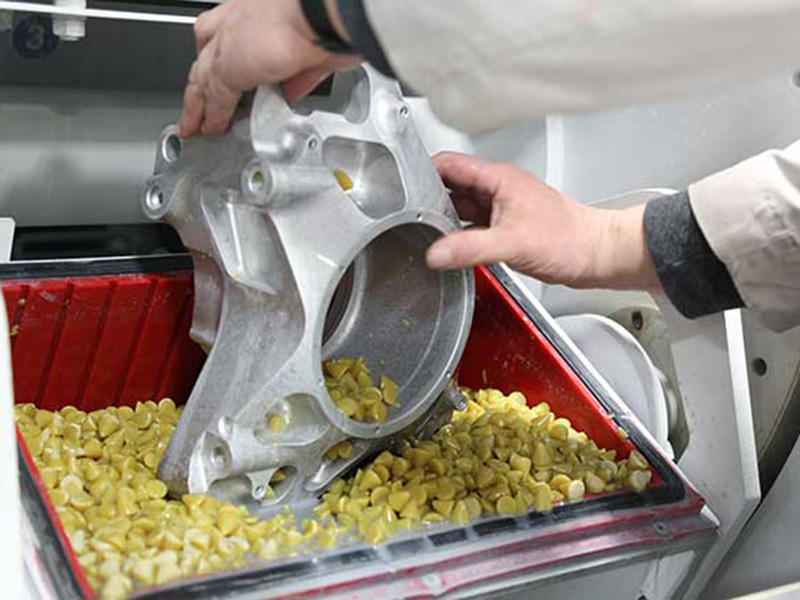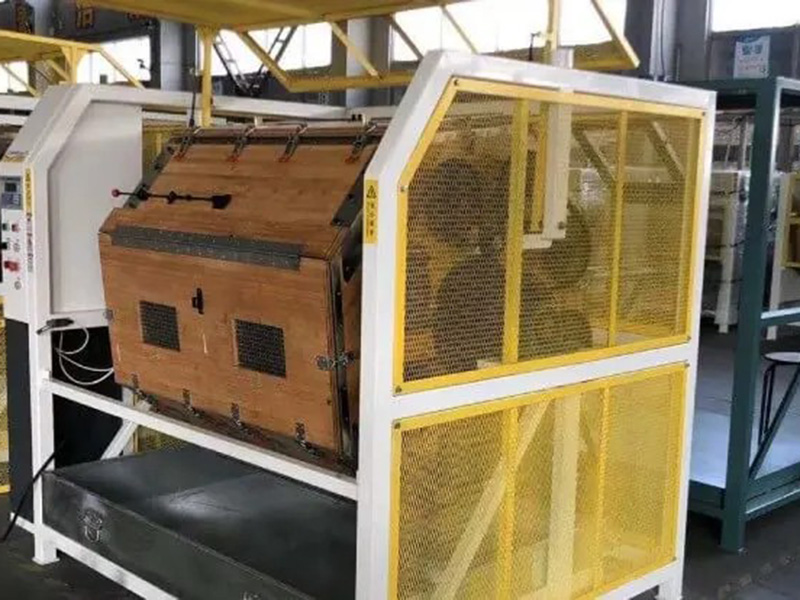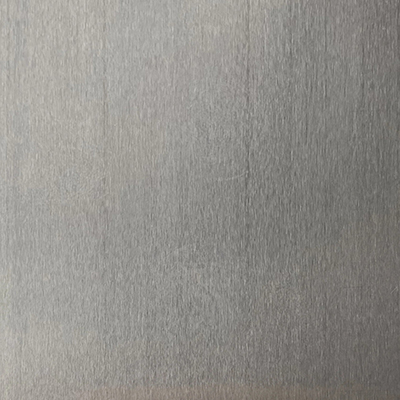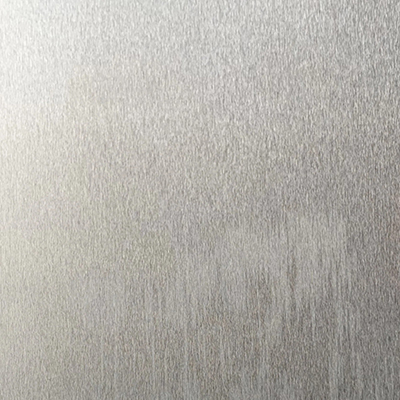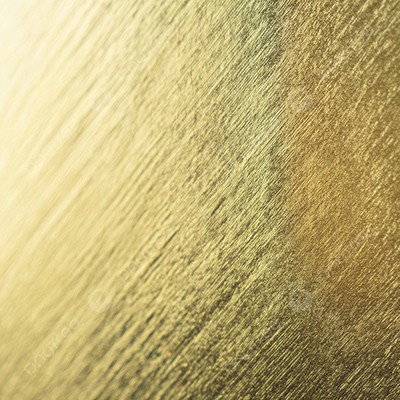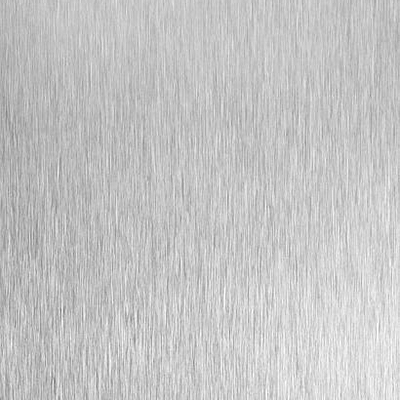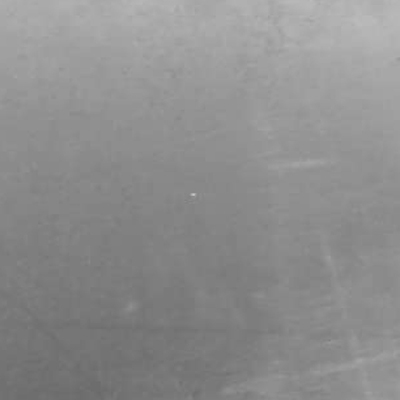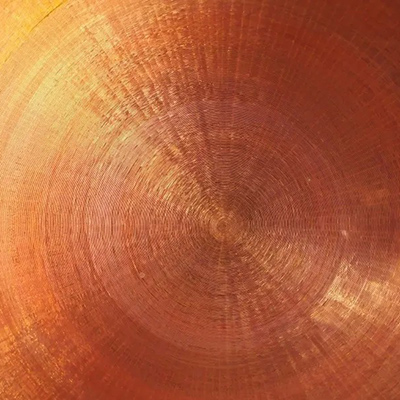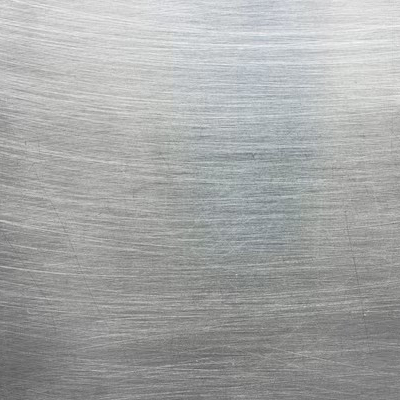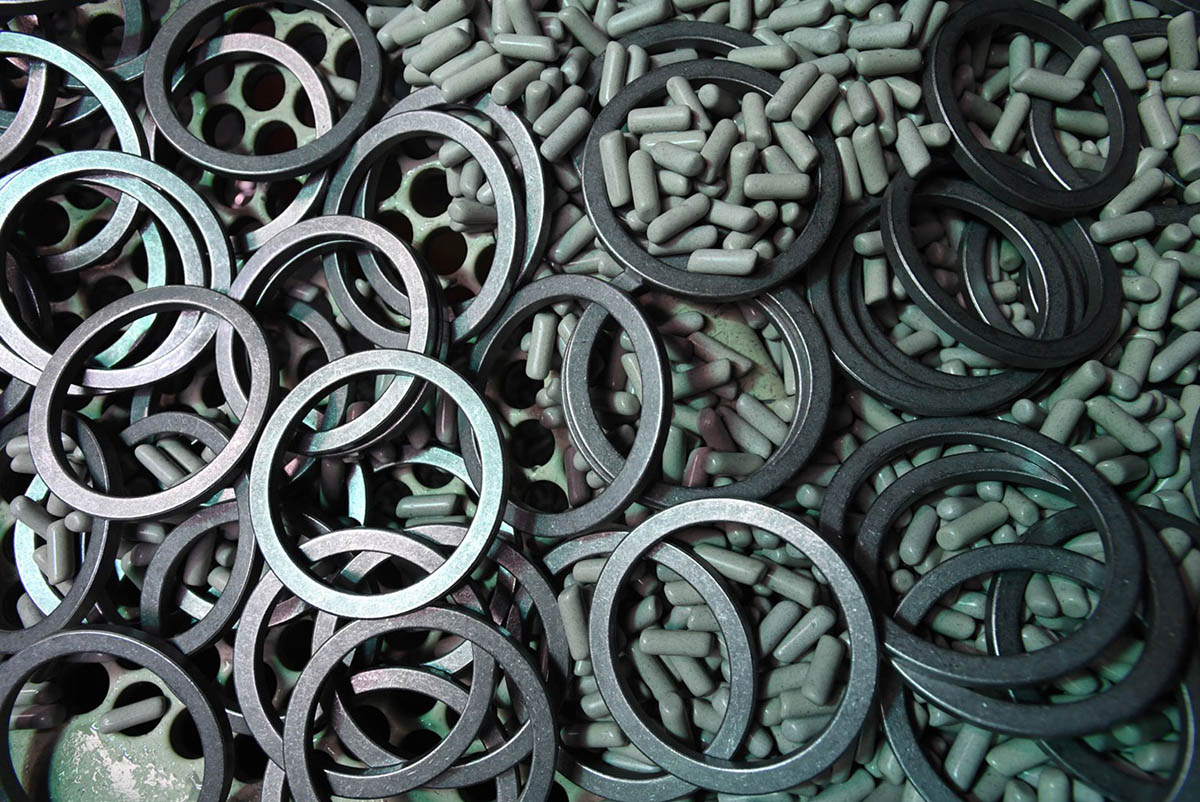
What is Tumbling & How Does It Work?
Tumbling, also known as mass finishing or harperizing, is a highly effective process used to smooth and polish manufactured parts by removing surface defects, burrs, and rough edges. Compared to other surface treatment processes, tumbling can process a large number of parts at once, thus saving both time and cost.
It works by placing parts, abrasive media, and a compound into a rotating or vibrating chamber. As the machine moves, friction between the parts and media gently grinds down surface imperfections, smooths edges, and polishes the material. In high-energy tumbling, like centrifugal barrel finishing (CBF), the barrels spin on a turret, generating intense forces that accelerate the process and deliver consistent, high-quality finishes—even on hard metals or complex geometries.
Industry-Specific Custom Solutions: Solve Your Unique Pain Points
Common Material Choice
| Material Grade | Recommended Process | Key Post-Tumbling Performance | Applicable Industry Compliance Standards |
|---|---|---|---|
| 5052 H32 Aluminum | Vibratory Tumbling | Ra: 0.2-0.8μm; Salt spray test ≥ 300 hours | Automotive Industry IATF 16949 |
| 6061 T6 Aluminum | Centrifugal Tumbling | Ra: 0.3-0.6μm; Hardness increase: 5%-8% | Aerospace Industry AS9100D |
| 7075 T6 Aluminum | High G-force Centrifugal Tumbling | Ra: 0.5-1.0μm; Tolerance deviation ≤ ±0.005mm | Aero Engine AMS 2480 |
| Brass | Low-Speed Vibratory Tumbling | Ra: 0.08-0.2μm (mirror finish), no scratches | Electronics Industry RoHS |
| 304 Stainless Steel | Vibratory Tumbling + Ceramic Media | Ra: 0.1-0.5μm; Salt spray test ≥ 1000 hours | Food Contact FDA 21 CFR 177.2600 |
| 316 Stainless Steel | Centrifugal Tumbling + Medical-Grade Media | Ra: 0.2-0.4μm; Biocompatibility compliant | Medical Industry ISO 13485 |
| Grade 5 Titanium | Centrifugal Tumbling (15-20G G-force) | Ra: 0.3-0.7μm; Hardness increase: 10%-12% | Medical Implant ISO 10993-1 |
| 4130 Chromoly Steel | Rotary Tumbling + Steel Media | Ra: 0.8-1.2μm; Surface hardness increase: 15% | Automotive Racing Components SAE J400 |
| Pure Copper | Vibratory Tumbling + Plastic Media | Ra: 0.1-0.3μm; No attenuation of electrical conductivity | Electronics Industry UL 94 V-0 |
| Mild Steel (Low-Carbon Steel) | Rotary Tumbling + Ceramic/Steel Media | Ra: 0.8-1.5μm; Salt spray test ≥ 200 hours (after basic anti-rust treatment); Basic deburring completed | General Machinery/Construction Hardware SAE 1010 / ISO 630 |
Why Choose KingStar for Cost-Effective Tumbling Service
Industrial Metal Tumbling Applications Comparison Table
| Application Category | Process Objectives | Applicable Materials | Technical Parameters & Media | Industry Use Cases | Reference Cost (USD) |
|---|---|---|---|---|---|
| Surface Finishing | Polishing, Brightening, Burnishing, Smoothing | Steel, Stainless Steel, Aluminum, Brass, Copper, Titanium, Cobalt-Chromium Alloys | Media: Ceramic (aggressive cut), Plastic (soft polish), Carbon Steel (high-gloss finish) Roughness (Ra): 0.1–1.25 μm | Jewelry, Watch Components, Decorative Hardware | $0.28–$2.38/unit |
| Deburring & Edge Conditioning | Burr Removal, Flash Removal, Edge Rounding (Radius ≤0.2 mm) | Die-cast Aluminum/Zinc, Machined Steel, Titanium Fasteners | Media: Plastic Cones/Stars (internal edges), Ceramic Triangles (external edges) Cycle Time: 15–120 mins | Automotive Parts, Aerospace Fasteners, Medical Implants | $0.19–$1.71/unit |
| Cleaning & Pretreatment | Rust/Scale Removal, Degreasing, Oxide Stripping | Carbon Steel, Stainless Steel, Copper Alloys | Compound: Alkaline/Chelating Agents + Water Process: Wet Tumbling (pH 8–10) | Metal Recycling, Electroplating/Anodizing Prep | $0.095–$0.475/kg |
| Surface Hardening | Work Hardening, Densification | Tool Steel, Bearing Alloys (e.g., SAE 52100), Cobalt-Chromium | Media: Carbon Steel Shot (G50–G120) Pressure: 5–20 G-force Hardness Increase: 10–15% | Cutting Tools, Wear-Resistant Components | $1.14–$3.33/unit |
| Contaminant Removal | Slag/Shot Blast Residue Elimination, Particulate Extraction | Investment Castings, Forged Components | Media: Synthetic Abrasives (Non-embedding) Filtration: <50-μm Particles | Foundry Outputs, Forging Shops | $0.38–$0.95/kg |
| Edge Radiusing | Precision Edge Rounding (Radius 0.1–0.5 mm) | Titanium Sheets, Aluminum Extrusions, Magnesium Alloys | Media: Ceramic Obloids, Preformed Resin Media Tolerance: ±0.05 mm | Aircraft Skin Panels, Electronics Enclosures | $0.76–$2.09/unit |
| Stress Relieving | Micro-Crack Closure, Residual Stress Reduction | Ground Gears, Laser-Cut Parts, Heat-Treated Components | Media: Non-abrasive Ceramic Media Cycle: Low-Speed Tumbling (2–8 hrs) | Precision Gears (pre-grinding), Engine Components | $0.57–$1.43/unit |
| Surface Texturing | Matte Finishing (Ra >2.5 μm), Satin Finish | Brass Fittings, Architectural Bronze, Medical Devices | Media: Walnut Shells, Organic Grits Process: Dry Tumbling | Consumer Electronics, Surgical Instruments | $0.48–$1.71/unit |

Frequently Asked Questions
Metal tumbling typically causes no significant dimensional changes, any impact is minimal (usually in the micrometer range) and controllable, as long as the process is tailored to your parts.
For standard applications (e.g., deburring, polishing), we select appropriate abrasive media (e.g., soft plastic for delicate parts, mild ceramic for general use) and adjust parameters (speed, cycle time) to keep size variation within your part’s tolerance (often ≤±0.005mm, as referenced in our precision standards).
In rare cases (e.g., aggressive tumbling for high-hardness parts), tiny wear may occur. But we mitigate this by pre-testing samples and monitoring batch processing, ensuring final dimensions still meet your requirements.
Metal tumbling stands out with four key advantages: it’s fast and consistent (cycles take minutes to hours—faster than traditional methods—with uniform surface quality), efficient at edge/burr work (removes burrs, smooths sharp edges, cleans holes, and enhances texture in one step), cost-effective (simpler and more affordable than complex older systems, working for both metal and plastic), and scalable for high volume (handles large batches or small intricate parts at once, boosting throughput and cutting per-part time).
Tumbling provides highly consistent surface finishes across batches, especially when media type, part load, and cycle time are carefully controlled. At KingStar Mold, our vibratory and centrifugal systems maintain uniform motion and part exposure. We routinely achieve surface roughness (Ra) values within ±5% of target across batches, and dimensional changes from edge rounding or surface removal typically remain under ±0.001″ (±0.025 mm), depending on the part geometry and media type. Our in-process checks ensure every part meets the required surface spec and aesthetic uniformity.
Yes, but it requires careful media selection and process control. Softer media like plastic or corn cob is used to avoid deformation or surface damage. Low-energy tumbling or shorter cycle times are also recommended for fragile parts. At KingStar Mold, we fine-tune parameters to protect precision and cosmetic components.
Absolutely. KingStar Mold tailors the tumbling process based on your material, geometry, and finish requirements. Whether it’s a delicate medical component or rugged industrial hardware, we deliver optimized results every time.
The number of parts that can be processed at once during tumbling depends on the machine type, part size, and media-to-part ratio. For example:
-
Vibratory tumblers (1–100 cu ft capacity) can handle anywhere from 500 to over 10,000 small parts per cycle, depending on part size and batch configuration.
-
Centrifugal barrel finishers can process hundreds to a few thousand precision parts in one run, with cycle times as short as 10–30 minutes.
-
Rotary barrel tumblers can hold 50–300 lbs of combined parts and media, ideal for medium to large part volumes.
At KingStar Mold, we tailor each batch size based on part geometry, finish requirements, and material sensitivity—ensuring efficient, high-throughput finishing without compromising quality.
Yes, when properly configured, tumbling is highly suitable for both precision and cosmetic parts. By selecting the appropriate media type, size, and compound, along with fine-tuning the machine speed and cycle duration, tumbling can produce smooth, uniform surfaces with minimal dimensional change. This makes it ideal for applications where aesthetics and performance are equally important—such as aerospace components that require tight tolerances, medical devices that demand a clean, burr-free surface, or consumer products that need a polished, appealing finish. At KingStar Mold, we customize the tumbling process to meet the specific quality requirements of each part, ensuring that precision is preserved while achieving the desired visual and tactile appearance.

